A good way of measuring the success of the Volkswagen Group’s financial year is via CEO Herbert Diess’s performance-related bonus. In 2021, he took home an extra €5.29 million (£4.4m) to bring his annual total to €8.6m (£7.1m), according to official figures.
Why were Diess and his fellow board members so well rewarded in a troubling year for the automotive industry? Because the German group made profits of €20 billion (£16.6bn) on sales of 8.6 million cars. That’s compared with €19.3bn (£16.1bn) on 11 million in 2019. Put another way, the Group’s €2325 (£1945) profit per car last year was up €571 (£478) on a year when there was no Covid disruption nor a global semiconductor shortage.

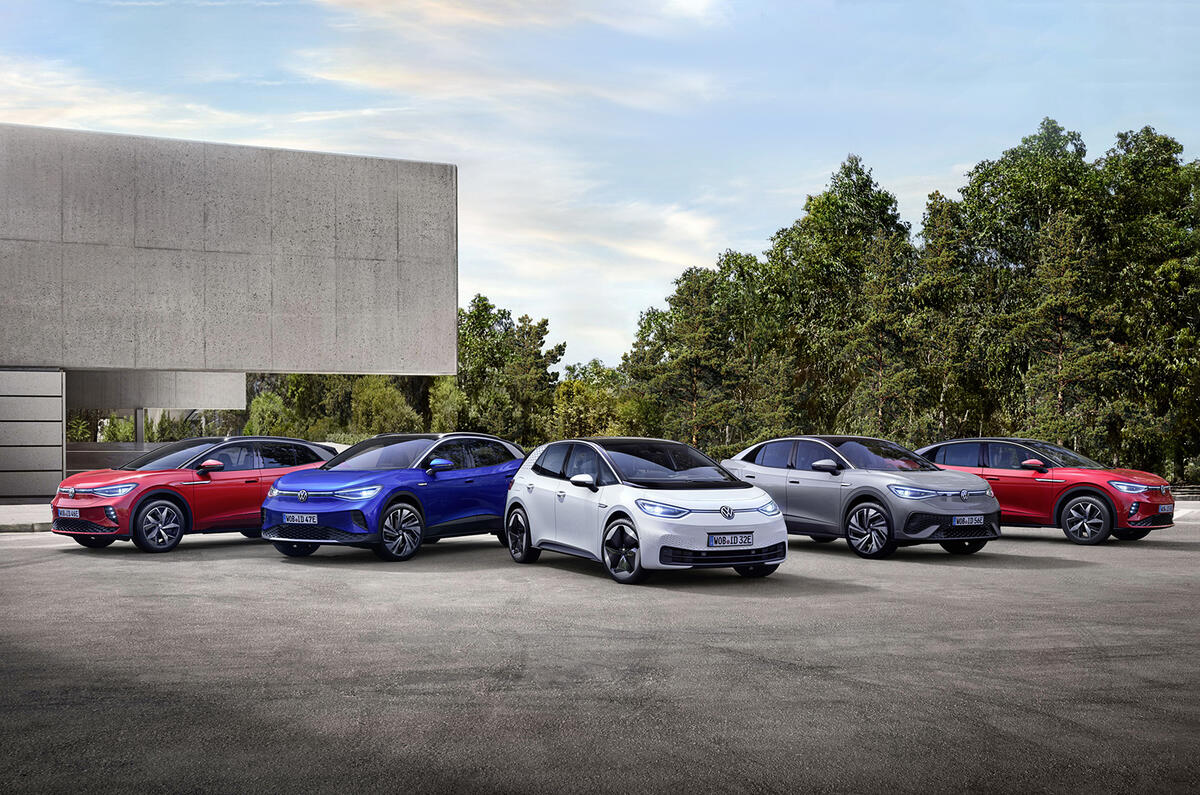
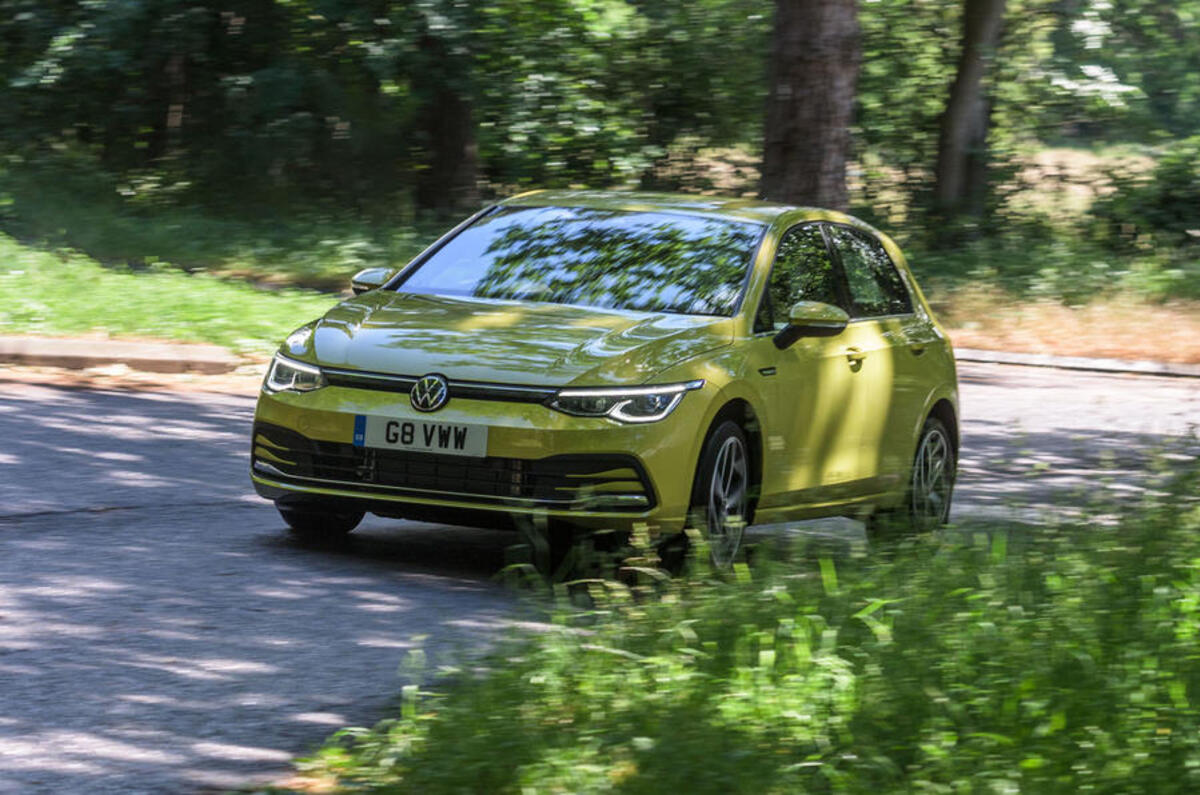
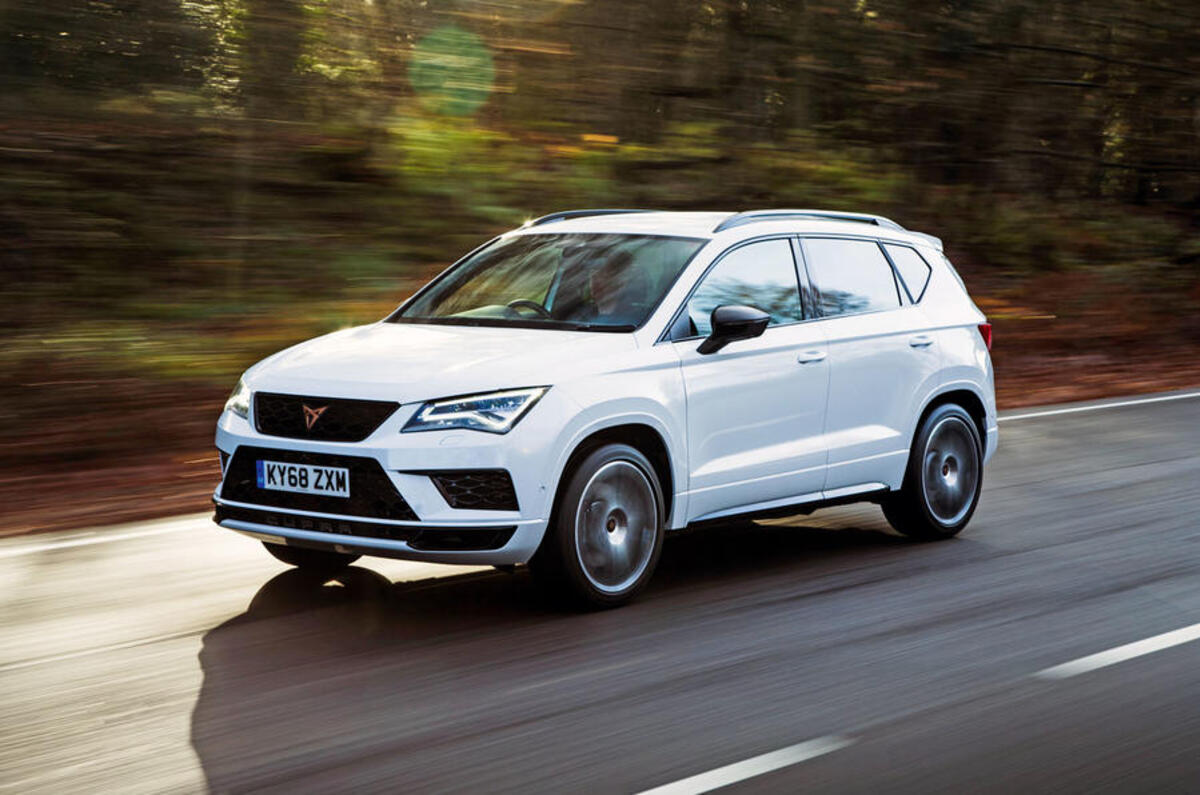
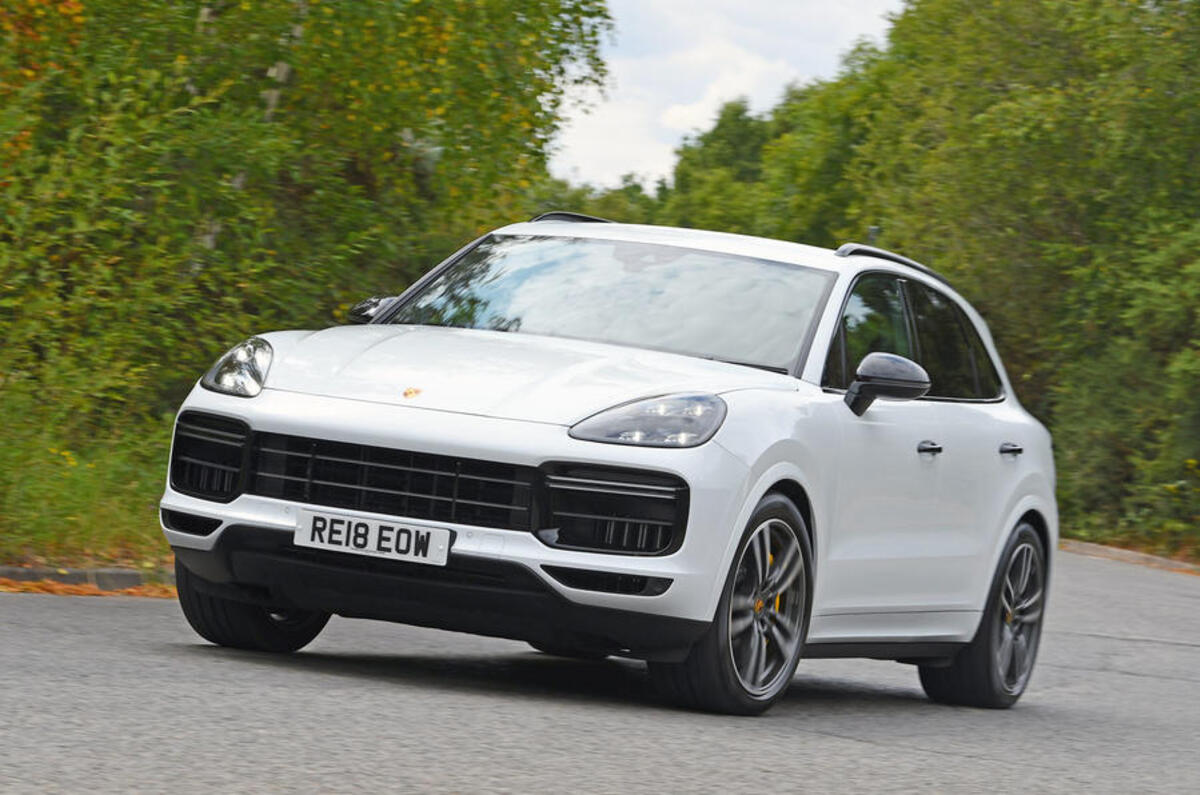
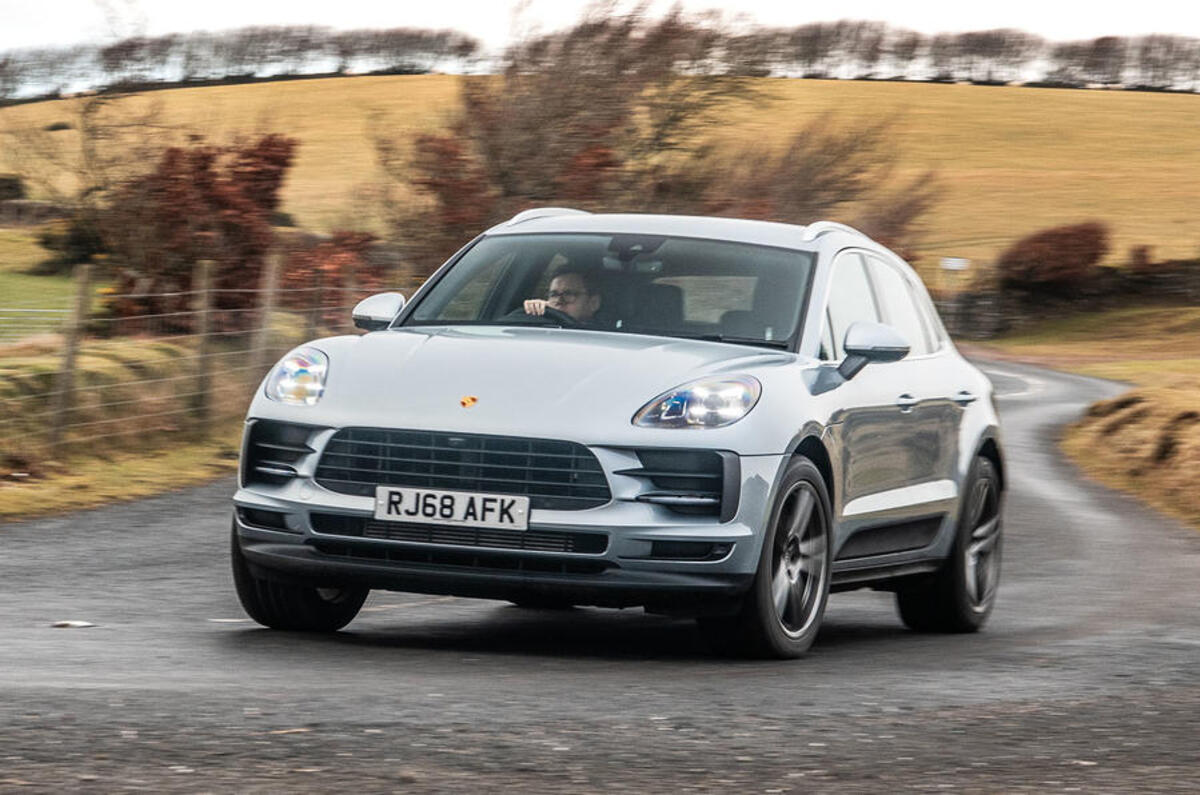
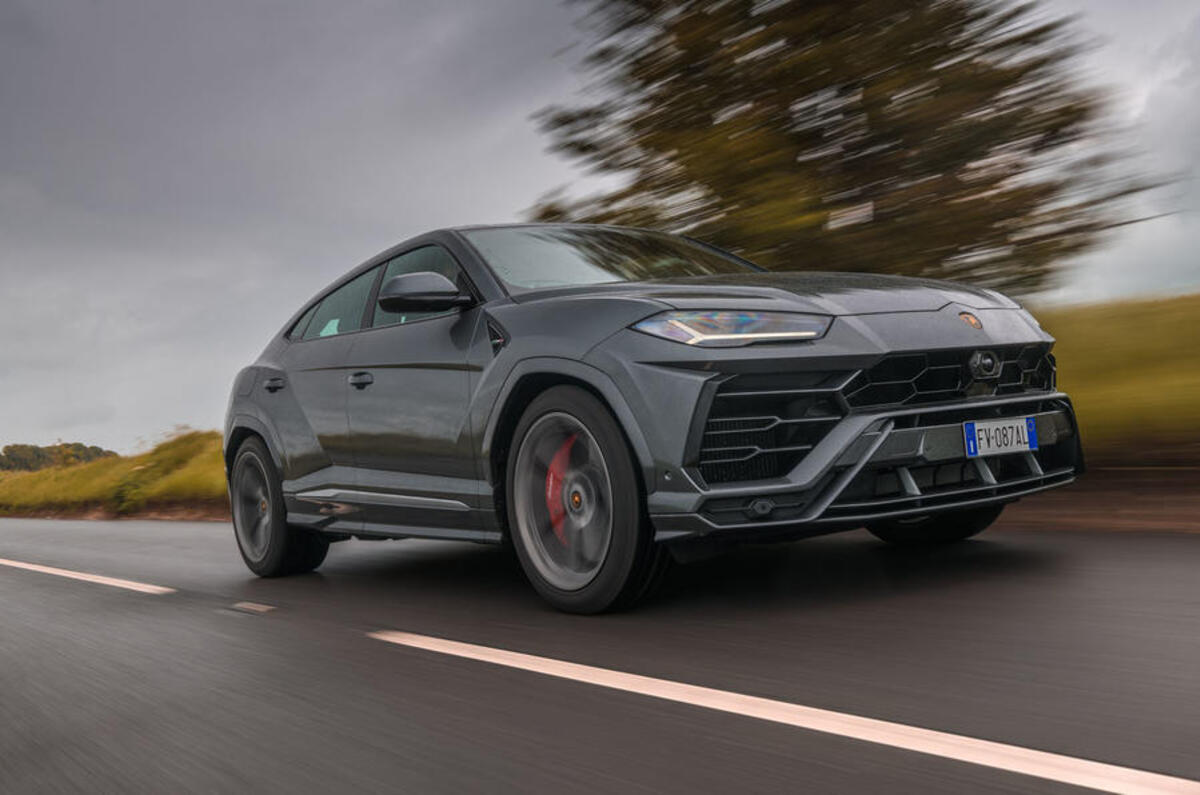
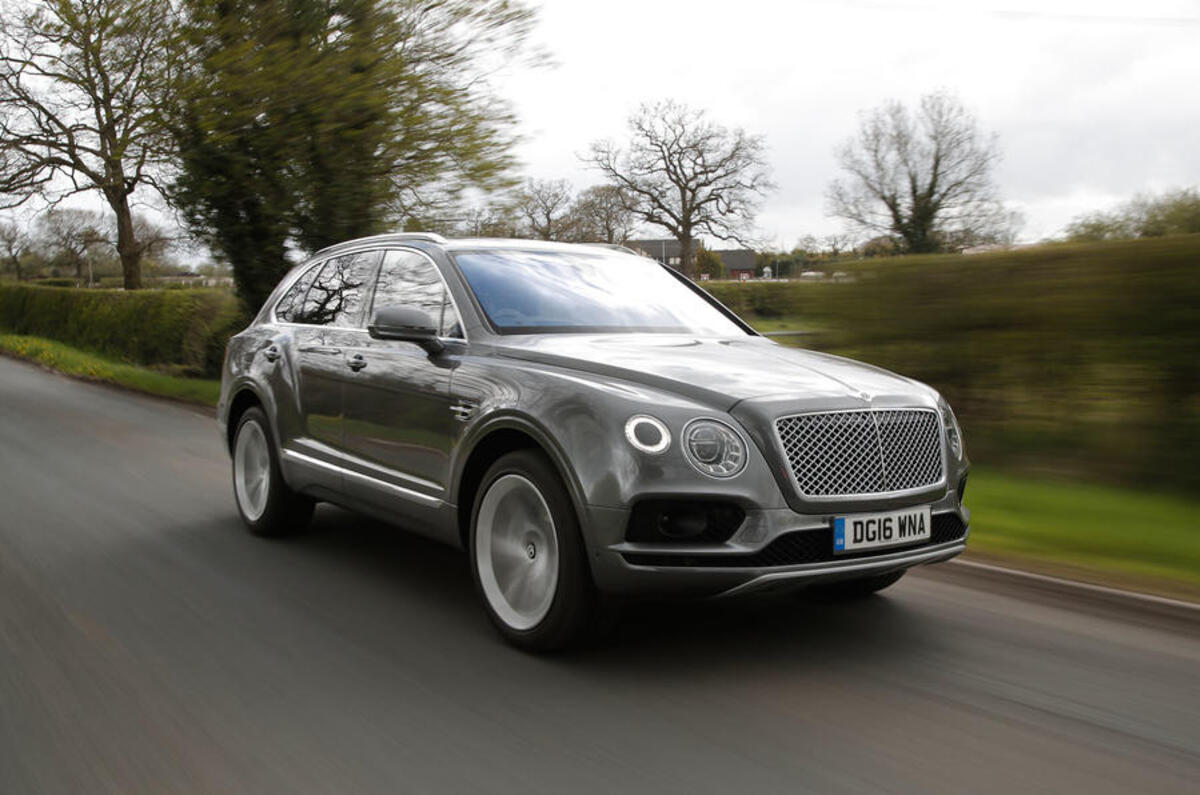
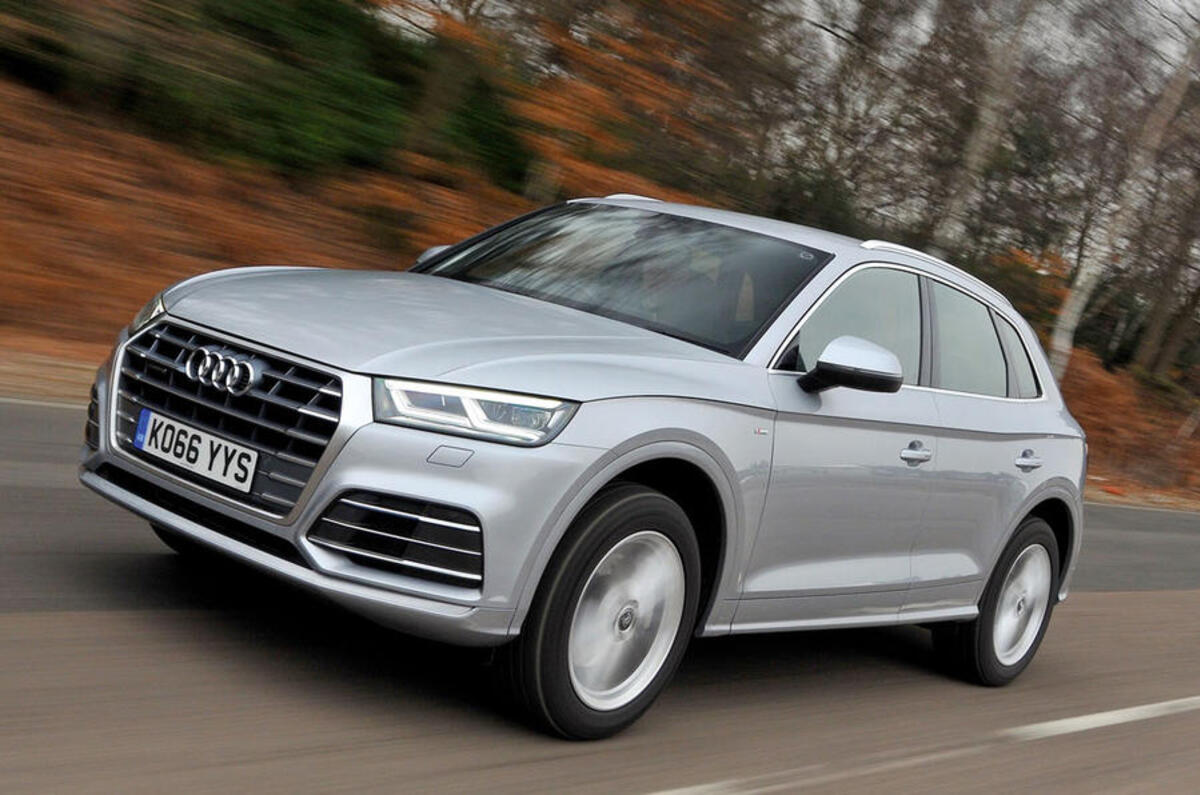
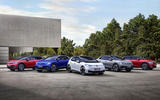

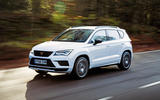
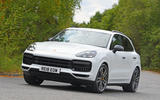
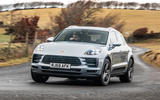
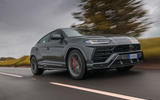
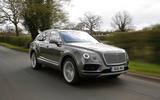
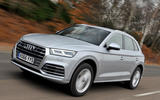


Add your comment